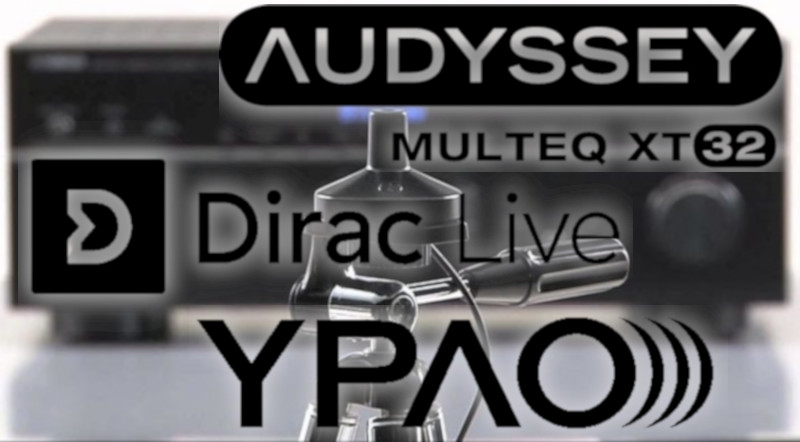Port Plugs In or Out When Running Room Correction?
Port plugs can be confusing for some people. A lot of people don’t know they exist until they get a pair of speakers with ports and they find out they can use port plugs. A little research (or sometimes just reading the manual of their speakers) will reveal that port plugs are very optional. There are recommended uses (when your speaker is near a wall for example), but they always bookend these recommendations that include saying you should try both ways and do what sounds best to you. That’s not helpful! You want to know what will sound best before you run your room correction. So, what is it? Port plugs in or out so you can run your room correction only once? Let’s discuss!
Room Acoustics are Unpredictable
We’ve talked before about room acoustics and how they affect the audio you hear. Port plugs basically “fix” bloated bass that can happen when your speaker is placed too close to a wall. The problem is there is no guarantee that placing your speaker close to a wall will create an overly bassy presentation. There could be other aspects of your room that will affect your bass negatively. By “negatively” we mean that your room could be causing your speakers to sound like they have no bass. Placing your ported speaker near a wall could counteract this and make your bass sound more even. This is why nearly every manufacturer or reviewer hedges their recommendation. They can’t really predict how your speakers will sound in your room so there is no definitive “port plugs in or out” answer.
Room Correction
Running your room correction is usually a fairly involved process. We understand you want to set your speakers up optimally before you start. We would as well. The real answer to the port plugs in or out question is to pick the best way before you start your room correction. If room correction is supposed to make your speakers sound their best, how can you pick the best way first? It seems counterintuitive.

The key is to remember that you want your speaker to sound as good as possible before you run your room correction. Room correction is more fine-tuning than massive fixes. Your speaker should sound as good as possible before you start the room correction program. This means treating your room with acoustic panels, proper speaker placement, and optimal speaker positioning. Once you’ve done all that, you’ll want to run through our speaker comparison guide. The only difference will be that you’ll be comparing the same speaker in two configurations (port plugs in and out) rather than two different speakers.
What You’ll Be Listening For
As a quick reminder, when you are comparing your speaker with the port plugs in and out before running your room correction, you are listening for an even response. By “even” we mean that the speaker sounds just as loud at every note during a sweep. Port plugs generally affect the bass response of a speaker so concentrate on the low end. If one configuration sounds better, then go with that port orientation. If they sound the same (or not much different), then it really is up to you. Generally, we aren’t fans of port plugs so we’d leave them out.


